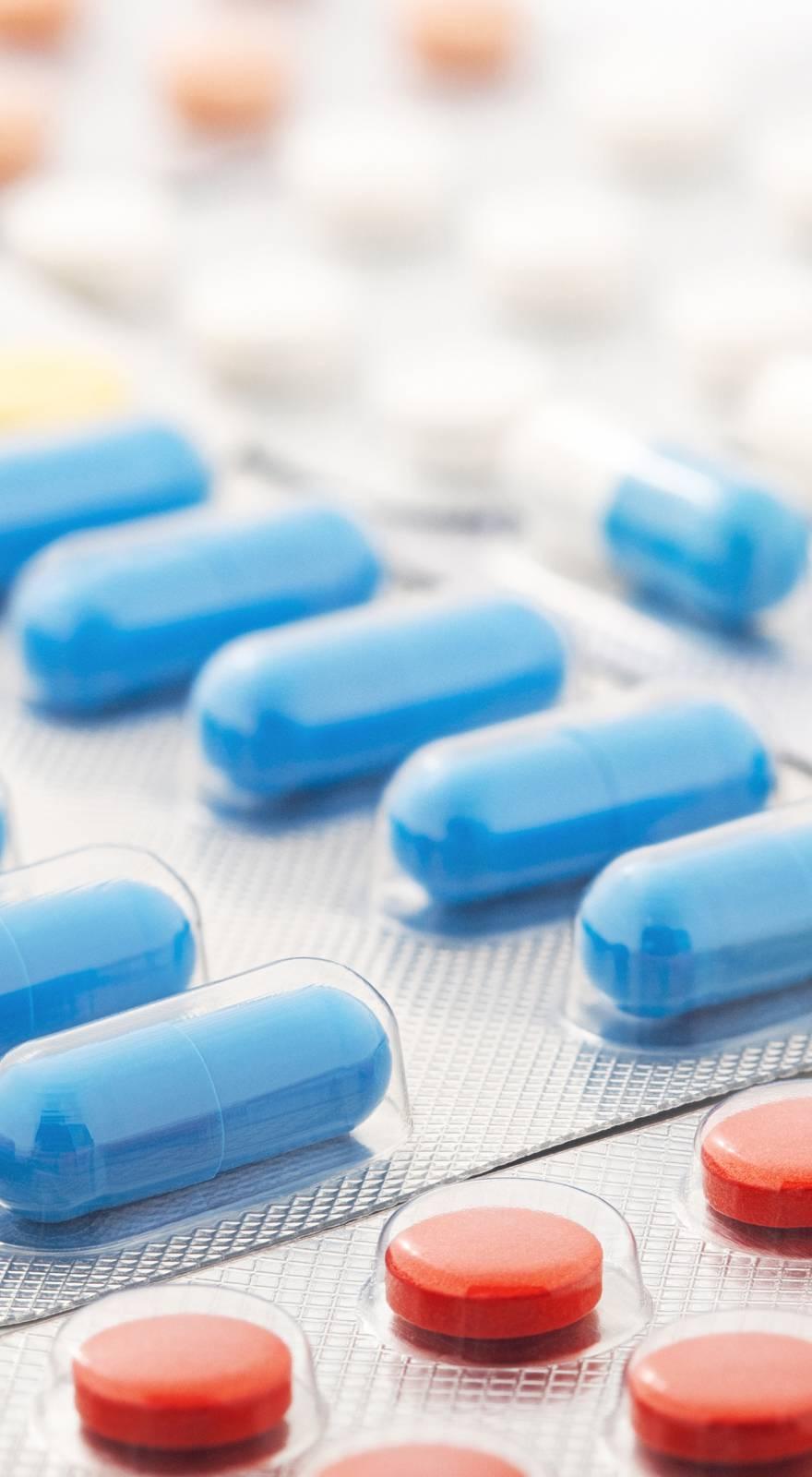Knowde Enhanced TDS
Identification & Functionality
- Pharma & Nutraceuticals Functions
- Technologies
- Product Families
- Typical Constituents
PVA; Plasticiser; Titanium Dioxide; Edible Pigments, Anti-Tack & Adhesion Enhancing agents.
Features & Benefits
- Features
-
PVA is a low viscosity polymer.
-
PVA is highly water soluble.
-
PVA is a highly adhesive polymer which is supported by an adhesion enhancing excipient.
-
Anti-tack agent.
-
Soya lecithin is excluded.
-
Can be applied in a wide range of equipment designs and sizes from most manufacturers.
-
- Benefits
-
Coatings are smooth, glossy and resilient to physical damage. Packaging speeds are enhanced.
-
Solids levels up to 25% facilitate rapid coating thus significant productivity gains.
-
Minimal impact on dissolution and disintegration.
-
Avoids use of expensive super-disintegrants in tablet core.
-
Aqueous processing promotes a safe working environment and avoidance of atmospheric pollution.
-
Excellent logo definition and freedom from coating faults such as logo bridging.
-
Overcomes PVA tack issues and contributes to productivity gains.
-
Avoidance of regulatory issues.
-
Easy scale-up and transfer to different equipment types or manufacturing sites.
-
Applications & Uses
- Markets
- Applications
- Manufacturing Technology
- Equipment / Accessories
-
Variable-speed mechanical stirrer
-
Mixing Vessel
-
Regulatory & Compliance
- Regulatory Information
All products are checked for the regulatory compliance of all ingredients in the target countries and market segments of sale. This determination is made at the time the initial formulation is established, based on customer-supplied information. If market countries and/or segments are extended once the formulation has been established, customers are encouraged to contact us to ensure that regulatory compliance is not compromised.
Technical Details & Test Data
- Recommended Solvent System and Reconstitution Level
Purified water at up to 25% w/w solids.
- Calculation of Instacoat™ EHP 250 and Solvent Quantities
Determine the quantities of Instacoat EHP (25% w/w solids) and water required based on the quantity of tablets to be coated and the target coating weight gain. e.g.: For coating 1.0 kg of tablets to 3% wt. gain, weigh 33 g Instacoat and 99 gm purified water at room temperature (includes 10% overage for losses)
- Reconstitution Process
-
Add the weighed quantity of water to a mixing vessel.
-
Using a mechanical stirrer, stir the purified water to form a vortex.
-
Add required quantity of Instacoat EHP 250 to the center of the liquid vortex in a slow steady stream, avoiding clumping while maintaining a vortex. Once the entire quantity of Instacoat has been added, reduce the stirrer speed to eliminate the vortex. Continue mixing for 45 minutes.
-
- Recommended Process Conditions
Side-Vented
(Fully Perforated) PansConventional
(Non Perforated) PansPan Diameter (inch) 24-60 12-36 Tablet Load (kg) 10-300 0.5-50 Weight Gain (%) 2.0-3.0% Number of Guns 1-6 1 Liquid Nozzle diameter (mm) 1.0-1.2 Atomising Air Pressure (bar) 2.5-3.5 Pattern Air Pressure To achieve maximum uniform bed coverage Tablet Bed Temperature (°C) 42-45 Inlet Air Temperature (°C) Set to achieve required product bed temperature Suspension Spray Rate Set to achieve required product bed temperature Exhaust Air Volume To maintain slight negative pressure in pan Pan Speed Minimum for steady tablet flow through spray zone Tablet bed temperature offers the most effective way of controlling the coating process. Where this measurement is unavailable, exhaust temperature may be substituted. However, the relationship between the two measurements is complex and depends on several factors such as pan load, pan depression, pan design and airflow rate. Indicated exhaust temperature may be above or below the true bed temperature. It is recommended that the relationship between the two measurements is calibrated.

